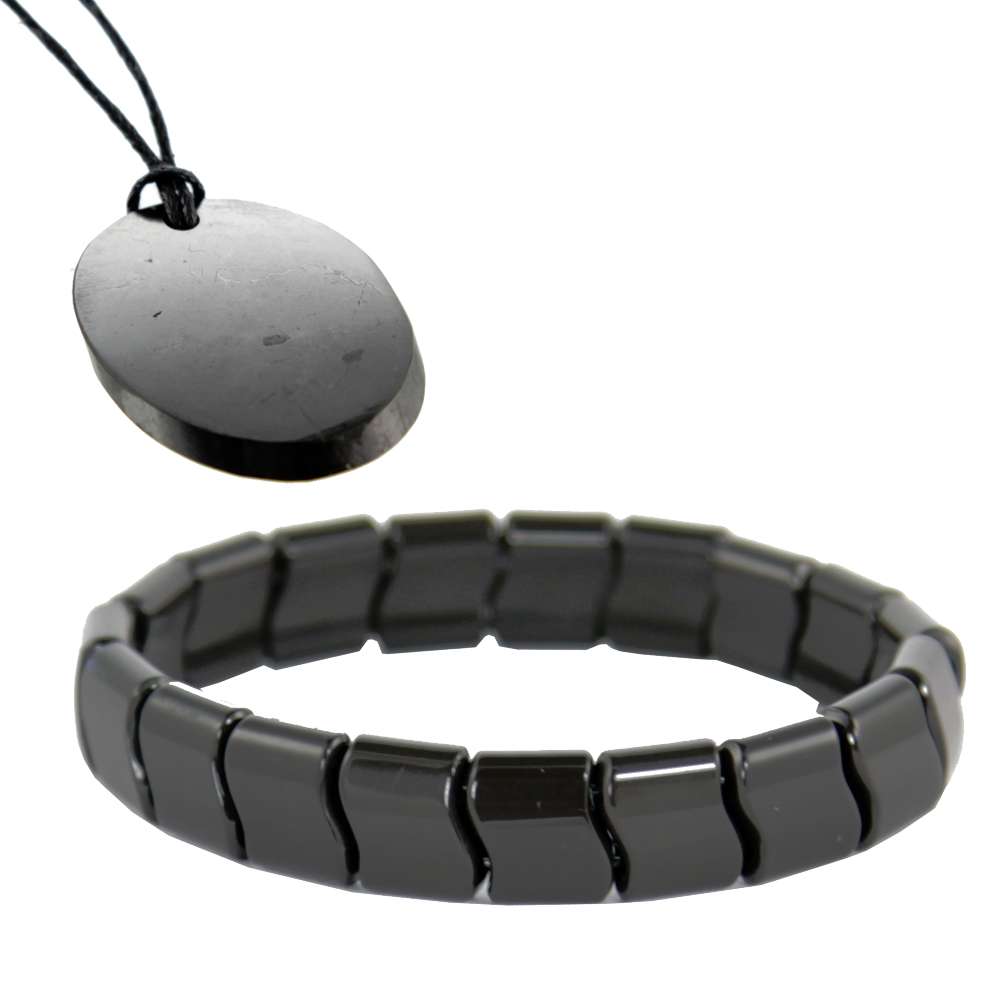The health risks of radiation from 5G are being debated. However, one study suggests the connection between RF radiation and the development of cancers in male rats. The study was classified up until it was taken off the list on the 12th of December 2012 by the Central Intelligence Agency, but it has proven that radiofrequency may trigger cancerous growth in animal, including humans. In the research, scientists were exposed to male rodents for 15 days and discovered that they developed same kinds of cancers that humans do.
The health effects of 5G radiation
While the rapid growth of wireless communications have led to creation of 5G technologies, there are growing concerns about the health impacts of 5G radiation. Although the higher frequencies do not penetrate the body as deeply as the older technology, scientists have pointed to possible effects on the system and are calling for further research. To ensure that people are protected and protected, the European Commission is requesting independent studies to determine if the technology could pose any health risks.
It is important to note that there's a large amount of misinformation regarding 5G's health impacts It is crucial to dispel any misconceptions that persist. Although 5G isn' 5g towers radiation , there are many individuals who are being warned that it can cause health problems typically through social media, where sensational language is used.
Beamforming technique
Beamforming is one of the most vital technologies in five-G networks. It is a technique that uses several radiating elements to produce a narrow beam. The purpose for beamforming is reduce how much unwanted radiation is reflected within the signal that results. 5g radiation symptoms is widely employed for wireless communications systems and is vital to the 5G's cost-effective coverage.
This method works by electronically weighting the individual signals from each antenna. This results in a narrow beam of radiation that improves cell coverage indoors and around the edges of cells. This technique is important as poor coverage can lead to lower user satisfaction. Apart from improving the signalquality, beamforming reduces the amount of noise a user experiences from other devices.
Power density
The power density of 5G electromagnetic radiation coming from cell towers will be similar to that of previous generations of 4G and 3G systems. One reason behind the low power is the electrical components' sensitivity. 5g towers radiation of a 2G handset was about 2 Watts, whereas that of a 4G handset was about 200 milliwatts.


The power density is the amount of electromagnetic energy that can be absorbed by the body from a particular distance. Its power density in 5g radiation is typically expressed in the watts per square metre. Contrary to the SAR measurement it is an actual measurement of the quantity of electromagnetic energy within an area. The parameters for power density are different for mobile devices and wearables depending on their operating frequency and distance.
Specific absorption
A Specific Absorption Rate (SAR) can be described as a measurement which measures the speed at which a specific frequency deposits power into human tissues. In generally, the SAR is not more than two Watts per kilogram of body mass. The SAR value is calculated by the electrical field that exists in tissues as well as the mass density, which is measured in kilograms per cubic meters. It was recently used to determine the antenna design.
The new radio technologies that form the 5G system operate on frequencies below 6 GHz. These frequencies are also known by the name millimeter wave. However, according to the FCC's SAR compliance protocol only applies to frequencies that are up six GHz. Additionally the SAR test requires that measurements are conducted in phantoms containing tissue simulating media.
Health effects on skin
We are not aware of the effects of 5G radiation in the body. The current knowledge is limited because of the absence of experiments in vivo and theoretical models. There is however an urgent need for further studies of the effects of 5G radio frequency radiation on the human skin. Using 5G radio frequencies can cause damage to the skin, especially to the epidermis, which is an extremely sensitive organ.
Unlike 4G, 5G radiation is one of the highest frequencies that has been shown to heat human body tissues. Human bodies are dipolar, and the higher frequency of 5G radio waves will cause heat in the skin. Exposure to 5G radio frequencies can also affect other organs in the body, including the brain.
